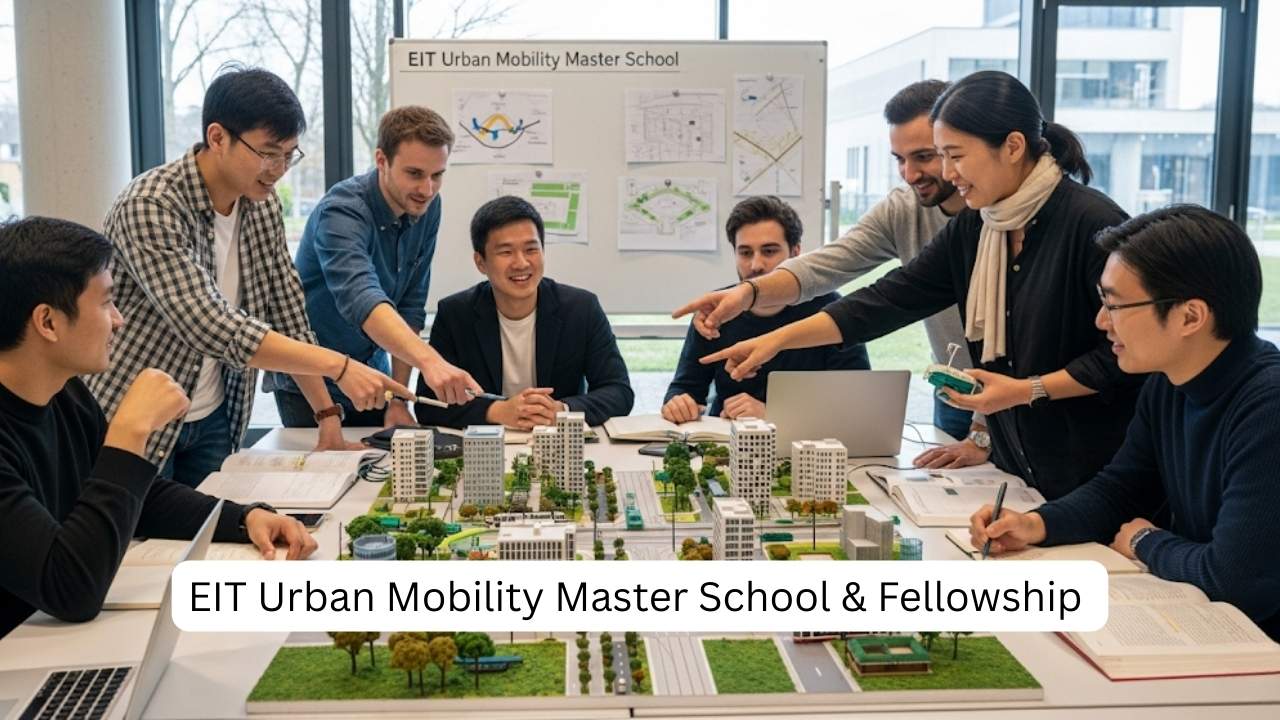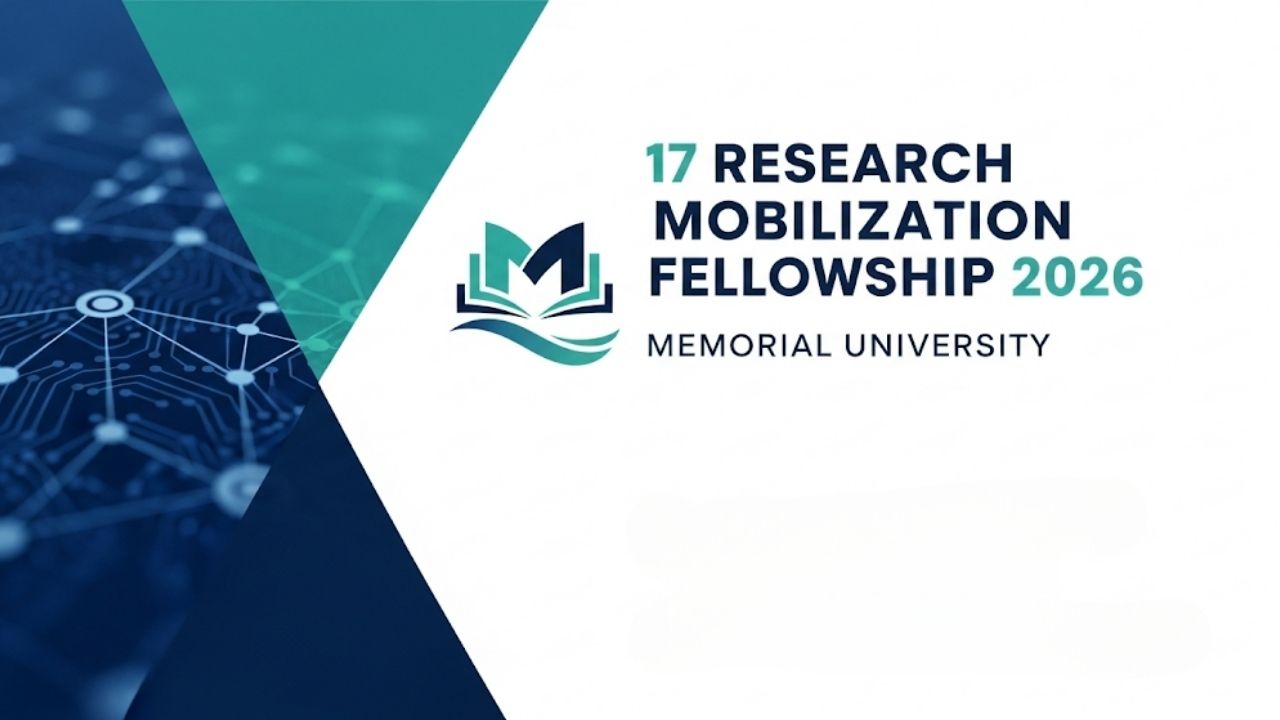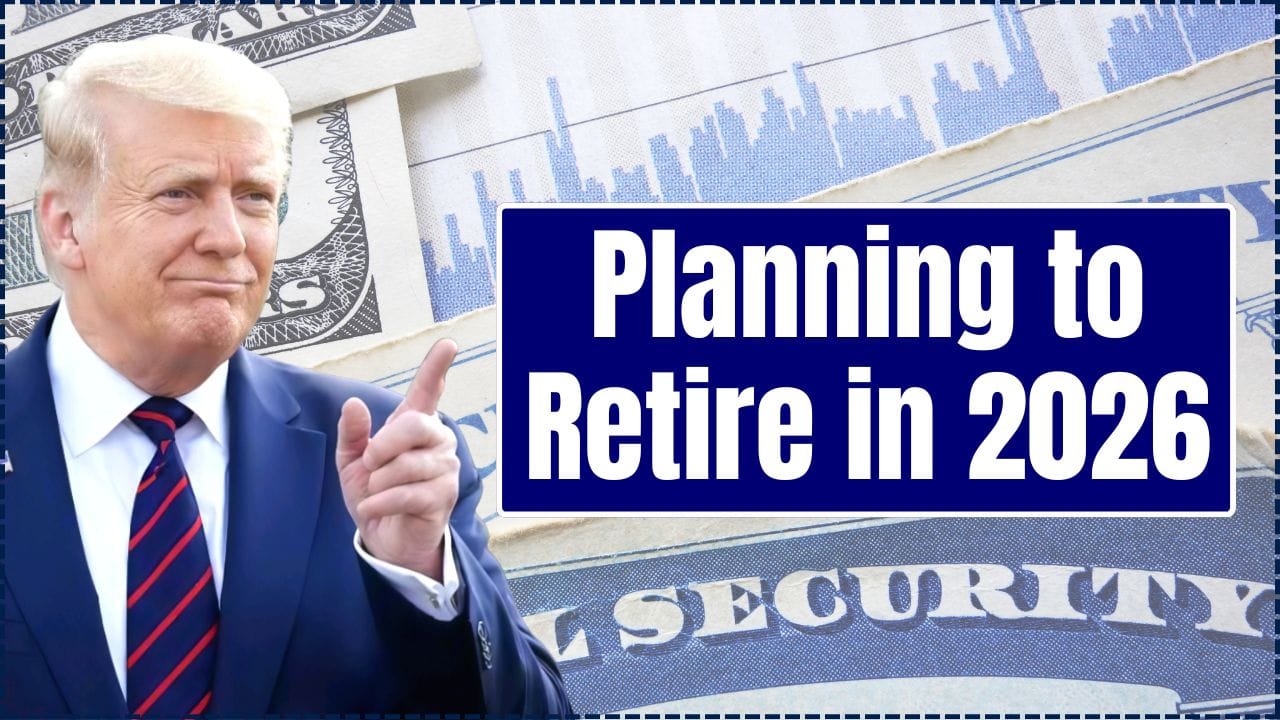The AIA Fellowship 2026 represents the pinnacle of architectural achievement, a distinguished honor bestowed upon those who have not only mastered their craft but have also profoundly impacted the profession and society at large. If you’re a visionary architect ready to see your contributions recognized at the highest level, this guide is your compass. We’ll demystify the process, offering actionable insights and encouragement to help you successfully navigate this prestigious journey.
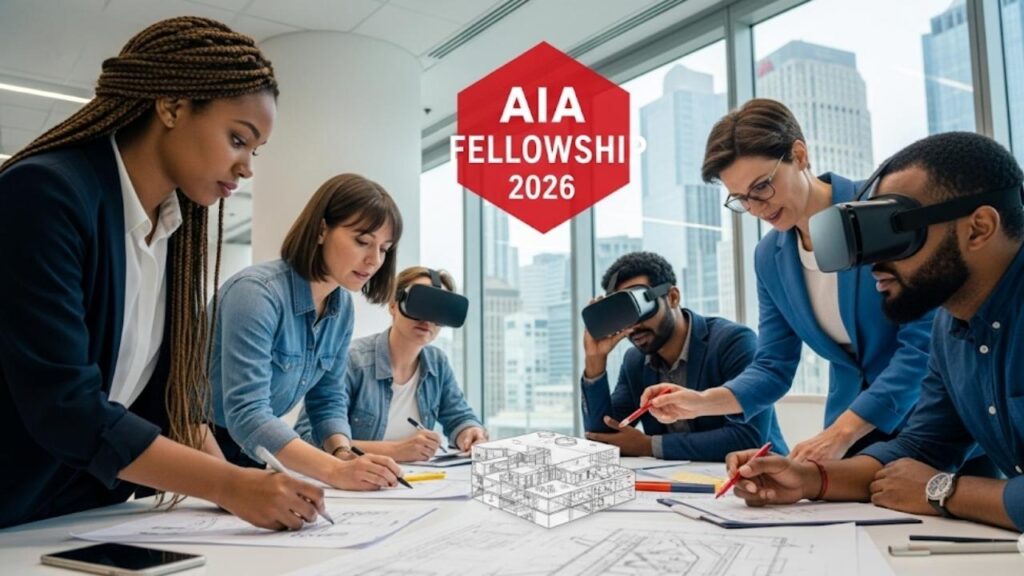
Unlocking Your Potential: What the AIA Fellowship Means
Becoming an AIA Fellow (FAIA) is more than just a title; it’s an acknowledgment of a sustained commitment to excellence and a significant “ripple effect” within the architectural community and beyond. Less than 3% of all AIA members achieve this esteemed status, making it a truly exclusive recognition of your dedication and influence. This distinction isn’t merely about individual projects; it’s about how your work, leadership, and service have elevated the standards of practice, inspired others, and contributed to a better built environment.
In my experience advising aspiring Fellows, one common hurdle is understanding the depth and breadth of contributions the jury seeks. It’s not just about being a great designer; it’s about being a great leader and contributor to the profession and society.
AIA Fellowship 2026
| Key Fact | Detail/Statistic | Source |
| Submission Period | June 25 – October 8, 2025 | AIA.org – Fellowship |
| Eligibility | Licensed AIA architect member in good standing for 10+ cumulative years | AIA Los Angeles – FAIA Process |
| Application Fee | $450 (non-refundable) | AIA.org – Fellowship |
| Notification to Candidates | Mid-February 2026 | AIA.org – Fellowship |
The Path to Fellowship: Eligibility and Nomination
The journey to the AIA Fellowship 2026 begins with understanding the core eligibility requirements and the crucial nomination process. It’s a structured approach designed to ensure only the most impactful architects are considered.
Meeting the Criteria: Are You Eligible?
To be considered for the AIA College of Fellows, you must meet specific prerequisites:
- AIA Membership: You must be a licensed AIA architect member in good standing. This also applies to Architect Emeritus members.
- Years of Membership: You need to have at least 10 cumulative years as an AIA architect member prior to the submission deadline. These years do not need to be consecutive.
- Licensure: You must be a licensed architect.
- Continuing Education: Ensure you have met the AIA Continuing Education System (CES) requirements, which include 18 learning unit hours annually, with 12 in Health, Safety, and Welfare (HSW) topics AIA East Bay – Fellowship Process.
The Power of Nomination: Your Gateway to Consideration
A pivotal step in securing your AIA Fellowship is the nomination. You can be nominated through one of three pathways:
- AIA Component (Local Chapter) Nomination: Many candidates are nominated by their local AIA chapter. This often involves the chapter’s Fellows Committee reviewing your qualifications and supporting your candidacy.
- Five Fellows Endorsement: You can obtain endorsements from five existing AIA Fellows.
- Ten AIA Architect Members Endorsement: Alternatively, you can secure endorsements from ten AIA architect members in good standing AIA East Bay – Fellowship Process.
Regardless of the nomination method, each nominee is responsible for securing a Sponsor who will guide them throughout the application process. Your sponsor plays a critical role, acting as both a mentor and a constructive critic, helping you articulate your case effectively.

Crafting Your Narrative: The Fellowship Submission
Once nominated, the real work of articulating your impact begins. The AIA Fellowship application is a comprehensive package that demands thoughtful reflection and meticulous presentation of your achievements.
Choosing Your Object of Nomination
The AIA Fellowship recognizes contributions across five distinct “Objects” or categories. Selecting the one that best aligns with your primary impact is crucial for a focused and compelling submission. These categories include:
- Object One: To promote the aesthetic, scientific, and practical efficiency of the profession. This includes sub-objects like Design, Urban Planning & Design, and Preservation. Fellowship here is for architects whose distinguished work is widely recognized for design excellence, impacting the trajectory of architectural design AIA.org – Fellowship.
- Object Two: To advance the science and art of planning and building by advancing the standards of practice. This encompasses Practice Management and Practice Technical Advancement. It recognizes architects who have made notable contributions through their work, broadly impacting the practice of architecture AIA.org – Fellowship.
- Object Three: To actively, efficiently, and cooperatively lead the Institute or a related professional organization over a sustained period of time. This object focuses on leadership that has elevated the profession’s role and enhanced the visibility and engagement within the Institute or related organizations AIA – 2025 Fellowship Application Guidelines and Recommendations.
- Object Four: To make notable contributions in public service, government, or industry organizations by providing transformative leadership in architecture, planning, and design. This recognizes architects who have raised professional practice standards within organizations they are part of, leading positive change AIA – 2025 Fellowship Application Guidelines and Recommendations.
- Object Five: To achieve excellence in alternative careers, volunteer work with organizations not directly connected with the built environment, or service to society. This broad category acknowledges impactful contributions beyond traditional practice, demonstrating a significant benefit to society through architectural expertise AIA East Bay – Fellowship Process.
Essential Submission Materials
Your application package will typically include:
- Summary Page: A concise statement (usually one page) outlining your contributions and their broad impact. This is your chance to make a strong first impression, clearly articulating your case for elevation.
- Narrative: A detailed description of your achievements, emphasizing the “ripple effect” – how your work has influenced the profession and society beyond your immediate environment. This is where you tell your story, supported by concrete examples.
- Exhibits: A curated collection of supporting documentation (typically 7-10 exhibits, maximum 20 pages) that visually and textually substantiates your narrative. This could include project images, publications, awards, presentations, or testimonials. For design-focused submissions, showcasing your strongest projects is vital AIA – 2025 Fellowship Application Guidelines and Recommendations.
- Reference Letters: Letters from individuals who can attest to your contributions and their impact. The number of required letters varies based on your application year status (e.g., five for first-year candidates, six for second-year candidates) AIA East Bay – Fellowship Process. These letters should be specific and speak directly to your achievements and their ripple effect.
Your entire submission must be compiled as a single PDF file, typically not exceeding 25 MB. Clarity, conciseness, and strong visual presentation are paramount.
“I’ve seen many successful applicants focus on demonstrating the tangible outcomes of their work, not just the efforts. The jury wants to see how your contributions have truly moved the needle for architecture and society.”
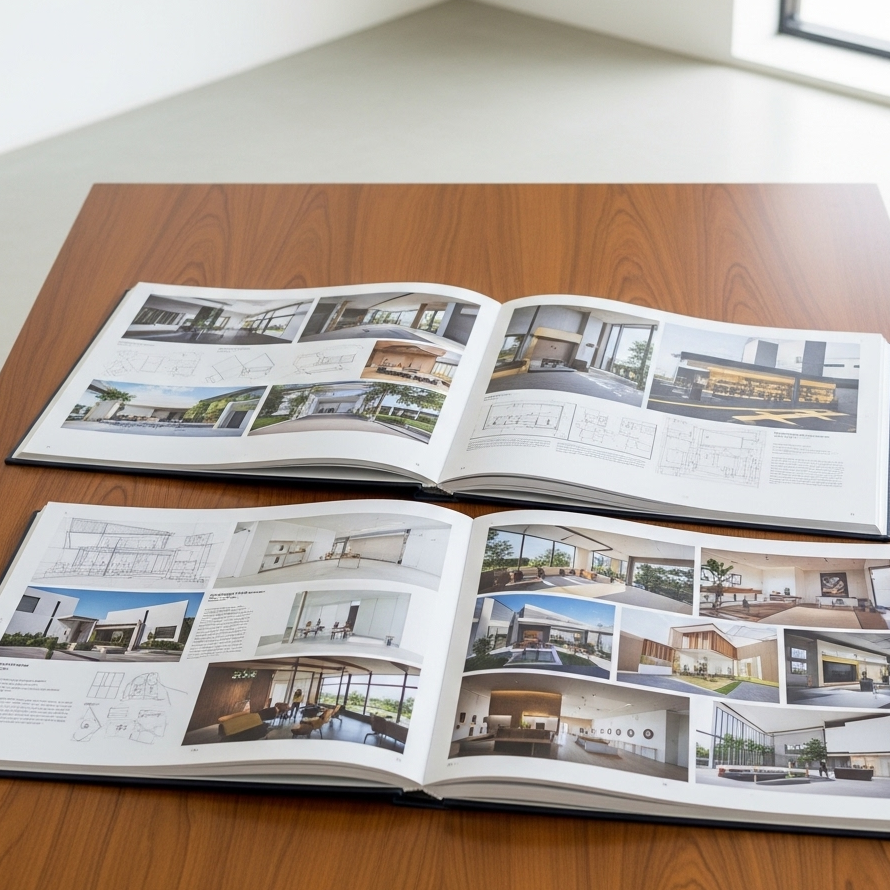
The Review Process and Beyond
Once submitted, your application undergoes a rigorous review by the Jury of Fellows. This group of distinguished architects carefully evaluates each submission against the established criteria, looking for clear evidence of significant contributions and broad impact.
What the Jury Seeks
The jury looks for several key elements in a successful application:
- Strong, Specific Support: Compelling sponsor and reference letters that clearly articulate your contributions.
- Well-Organized Submission: A clear, concise, and well-structured presentation that is easy to navigate.
- Clear Summary Statement: A summary that precisely outlines your case without over-reaching.
- High-Quality Exhibits: Visuals and documentation that effectively support your claims and demonstrate tangible results.
- Consistency and Leadership: Evidence of sustained leadership and a consistent track record of impactful work.
- Results and Achievements: A strong emphasis on the outcomes and achievements of your efforts, showcasing how your work has influenced the profession and society.
Resources and Support for Your Journey
The AIA offers various resources to support aspiring Fellows. Your local AIA chapter is an invaluable resource, often providing workshops, mentorship programs, and access to sample successful applications. Engaging with your chapter’s Fellows Committee can provide personalized guidance and a clearer understanding of the expectations.
FAQ
Q1: What is the “ripple effect” the AIA Fellowship jury looks for?
A: The “ripple effect” refers to the broad, measurable influence your work and contributions have had on the architecture profession and society, extending beyond your immediate practice or geographic region. This could be demonstrated through public speaking, publications, mentoring, teaching, service to the profession, or a lasting legacy through others.
Q2: Can emerging architects apply for the AIA Fellowship?
A: While the AIA Fellowship requires at least 10 years of AIA architect membership, the AIA also offers various grants and fellowships for emerging professionals and students, such as the AIA Upjohn Research Initiative and the AIA Arthur N. Tuttle Jr. Graduate Fellowship in Health Facility Planning & Design. The journey to Fellowship often begins with these earlier recognitions and sustained contributions throughout one’s career AIA.org – Architecture grants & fellowships.
Q: How important is my sponsor in the AIA Fellowship application process?
A: Your sponsor is incredibly important. They are typically an existing Fellow or an AIA member in good standing who knows you well and can provide invaluable guidance, critique your submission, and help you articulate your case effectively. They are your primary advocate and guide through the process AIA Florida – The American Institute of Architects College of Fellows.

